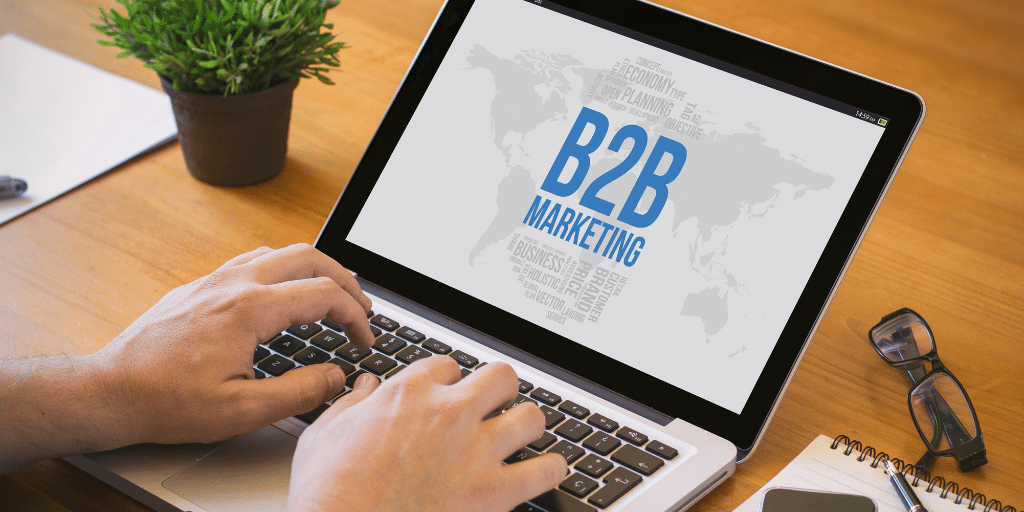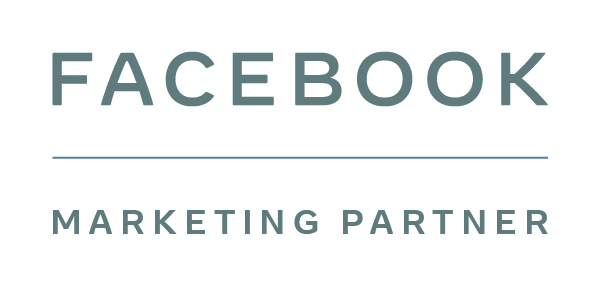In February, our second annual B2B Top 50 Ecommerce Report was launched, issuing a stark warning to B2B retailers about the need to catch up to the ecommerce standards set by the B2C sector.
The average score for all the retailers featured in the 2022 B2B report was 54%. In comparison, the average score in the latest Health & Beauty report was 61%, and the Home & Garden report gave retailers an impressive average score of 67%.
As our reports score merchants for ecommerce best practice, this low score of 54% should make it clear to B2B online retailers that they must catch up quickly. If B2B brands fail to invest in their websites soon, they are at risk of falling behind.
But what should this investment look like?
In this blog post, we compare the findings of our B2B report to our 2021 Home & Garden, Jewellery & Accessory and Health & Beauty reports to highlight the key areas that B2B brands need to address.
By modernising, innovating and refreshing their online stores, B2B brands will deliver a better customer experience and generate greater returns.
1. Increase Speed
Speed is hugely important for users, both on mobile and desktop. It can reduce bounce rates and boost conversion rates simply by making sure the site loads at the speed the customer expects and wants. Using Google PageSpeed Insights, the average desktop score for all B2B retailers was 57 out of 100.
There are a number of ways to increase the speed of your website, including:
- Keep your ecommerce platform up to date
- Optimise your server setup
- Enable caching
- Database Optimisation
- Utilise a Content Delivery Network
- Remove unused modules and plugins
- Optimise third-party javascript
- Optimise images and videos
For more information about how to increase your speed, get in touch with our ecommerce consultants here.
2. Improve Product Imagery
The product page was one of the poorest performing areas for our B2B retailers. Just 72% offered lifestyle imagery of their products, and less than two-thirds (58%) included more than one image of the product. In addition, a tiny 20% offered a controllable desktop zoom for users to take a closer look at the products.
It is essential that ecommerce retailers offer a range of high quality images – and videos – of products so the shoppers can visualise what the product will be like in real life. This will convince customers that the item is suitable, and will also reduce returns.
3. Update Add to Cart
Another area that B2B merchants should seek to fix quickly is the ‘add to cart’ experience – 30% of the retailers in our report took customers straight to the checkout as soon as they added a product into their shopping basket. In comparison, 16% of our Jewellery & Accessory merchants and just 7% of our Health & Beauty merchants did this.
While it may seem that sending the customer to checkout as soon as they’ve added something to their cart will encourage a purchase, it can backfire in lost add-ons. Instead, customers should remain on the product page where they can continue to shop. This will boost the number of transactions, and revenue, that one site visit produces.
4. Using Recommendations to Upsell
B2C brands are extremely good at upselling through the use of recommendations. On the product page, 77% of Home & Garden and 88% of Health & Beauty retailers provided shoppers with further product suggestions. Only 64% B2B merchants did this.
Introducing a carousel of recommended products on the product page is an excellent way to boost the average order value. Include options such as:
- Related products: products that compliment the item the customer is viewing
- Up-sells: items the user may prefer instead of the product currently considered
- Cross sells: usually lower value items that might be of interest
Another key difference between B2B and B2C brands was clearly highlighted when comparing product recommendations at checkout. Just 26% of B2B brands gave product suggestions at this vital upselling stage, compared to 42% of Health & Beauty brands.
5. Distraction-free Checkout
Once the customer hits ‘checkout’, the ecommerce retailer must do everything in their power to encourage the shopper to complete the sale. This means removing any and all distractions that could lead to the customer heading back into the store or, worse yet, bouncing away from the site altogether.
The majority of B2C brands are aware of this, which is why they remove the global navigation from the site as soon as the user hits the checkout stage. 100% of Jewellery & Accessory merchants did this, closely followed by the Health & Beauty sector with 90%, and Home & Garden with 87%.
In comparison, only 70% of B2B brands removed the navigation at checkout. The 30% who didn’t are at risk of customers dropping out of the checkout process.
6. Build Your Customer Base
Email is king. While SMS marketing and social media play valuable roles in engaging customers, email marketing continues to play a critical role as a sales channel.
That’s why we assess whether the merchants evaluated in our reports have a clear newsletter sign up form on their website. We also look for a pop up that asks customers to subscribe to the newsletter, usually in exchange for a discount code.
B2B merchants have a long way to catch up with their B2C peers. Only 60% offered a clear sign up form, and just under a quarter (24%) had a pop up form.
In comparison:
- Health & Beauty – 92% newsletter sign up form, 42% pop up
- Home & Garden – 83% newsletter sign up form, 37% pop up
- Jewellery & Accessories – 74% newsletter sign up form, 20% pop up
A newsletter subscriber list is a quick and easy way to keep in touch with customers, notifying them of sales, offers, new product launches, competitions and so on. If retailers want to grow their sales and revenue, then they should work to continually increase their subscriber list.
Grow your online business
By adapting a B2C attitude, and adopting B2C techniques and tools, B2B retailers have the opportunity to rapidly grow their ecommerce performance. To find out how our ecommerce consultants can help you drive revenue on your B2B Adobe Commerce store, get in touch here.





